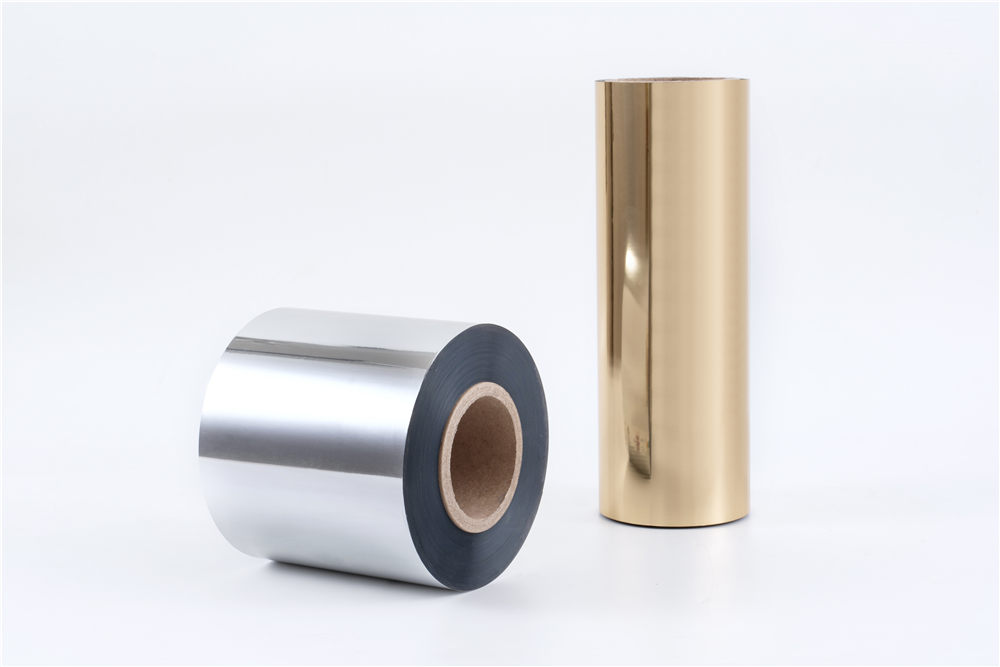Cold Foil in Flexographic Printing: Benefits, Applications, and Best Practices
In the competitive world of packaging and labeling, visual appeal plays a critical role in grabbing consumer attention and communicating brand value. Among the many decorative techniques available, cold foil printing has emerged as a favored option for delivering high-impact, metallic effects on a variety of substrates. When combined with flexographic printing, cold foiling offers a fast, cost-efficient, and environmentally friendly solution for enhancing product packaging without compromising on design versatility.
What is Cold Foil in Flexographic Printing?
Cold foil printing is a process where a metallic foil is applied to a substrate using a UV-curable adhesive and a flexographic printing plate. The foil adheres only to the areas where the adhesive has been applied and is cured instantly with UV light, creating a shiny, metallic finish.
Unlike hot stamping foil, which requires heat and a metal die, cold foil is transferred in-line during printing without the need for heat, reducing setup time and energy consumption. The process is well-suited for flexographic presses, especially those used for narrow web label printing, making it ideal for high-volume production in the consumer goods, cosmetics, and beverage industries.
Key Benefits of Cold Foil in Flexographic Printing
1. Enhanced Aesthetic Appeal: Cold foiling produces a stunning metallic effect that enhances the visual appeal of labels and packaging. The ability to overprint colors on the foil further allows for creative design flexibility, including holographic finishes, rainbow effects, and gradient metallics, which are commonly seen in premium labels and luxury packaging.
2. High-Speed Processing: One of the major advantages of cold foil in flexographic printing is its ability to integrate seamlessly into the in-line printing process. This eliminates the need for secondary operations, reducing production time and labor costs. Flexographic presses equipped with cold foil modules from leading manufacturers such as Mark Andy, Nilpeter, and Gallus can operate at high speeds while maintaining excellent registration.
3. Cost Efficiency: Cold foil is more economical compared to traditional hot stamping, especially for short to medium production runs. There's no need for expensive metal dies, and job changes can be done quickly, making it ideal for personalized or short-run packaging. Additionally, the ability to use only the required amount of foil helps reduce material waste.
4. Substrate Versatility: Cold foil works well with a wide range of substrates, including pressure-sensitive labels, folding cartons, shrink sleeves, and flexible packaging films. This makes it a versatile choice across diverse industries such as food & beverage, pharmaceuticals, and nutraceuticals.
5. Eco-Friendly Alternative: It consumes less energy and does not produce heat emissions or require toxic chemicals. Furthermore, many cold foils are recyclable when used with eco-friendly adhesives and substrates.
Applications of Cold Foil in Packaging and Labeling
Cold foil technology is widely adopted in industries where shelf impact and brand differentiation are essential. Below are the primary sectors leveraging the advantages of cold foil in flexographic printing:
1. Premium Beverage Labels: Brands in the wine, spirits, and craft beer segments often rely on cold foil to elevate their packaging with a high-end metallic look. With the ability to produce fine details and variable designs, cold foiling is perfect for limited edition and seasonal label designs.
2. Cosmetics and Personal Care Products: For cosmetic packaging, metallic embellishments signal luxury and sophistication. Cold foil is commonly used on perfume cartons, makeup labels, and skincare sleeves, offering elegance without sacrificing production efficiency.
3. Food Packaging: Cold foil enhances the attractiveness of snack food wrappers, confectionery pouches, and ready-to-eat meal sleeves, helping products stand out in crowded supermarket aisles. The process is suitable for high-barrier films, preserving freshness while maintaining visual quality.
4. Pharmaceutical and Nutraceutical Products: In these regulated sectors, cold foiling not only adds visual interest but also supports anti-counterfeiting measures. Incorporating security foils, micro-text, or holographic foil patterns makes it harder for counterfeiters to replicate packaging.
5. Promotional and Event Packaging: Brands often use cold foil for limited-run promotional items, event packaging, and personalized marketing campaigns. The in-line flexibility of the process allows for quick turnaround times and economical production of custom foil labels.
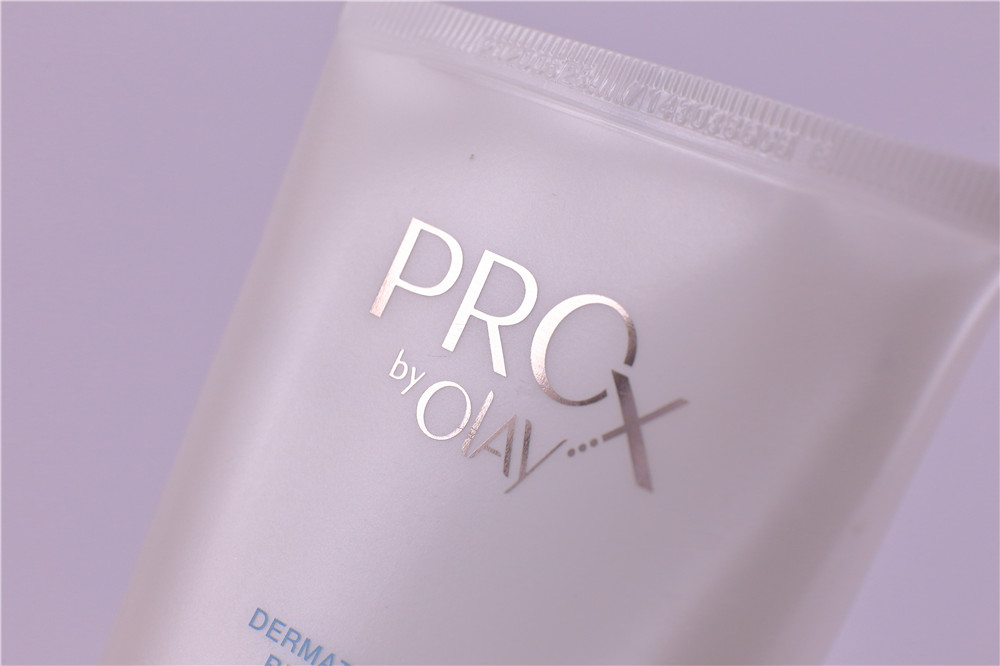
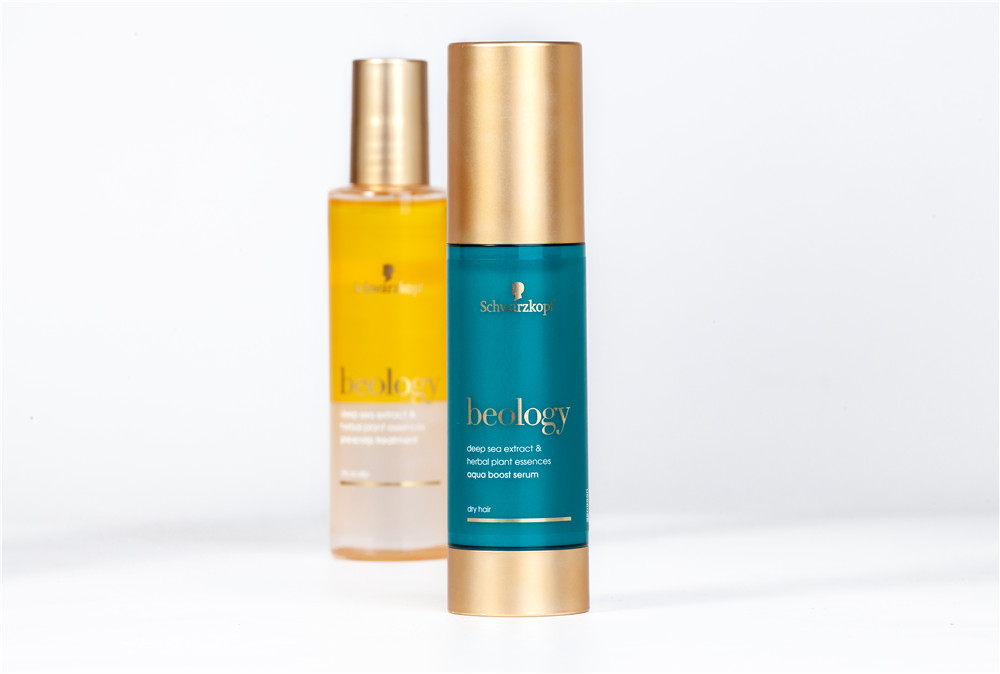
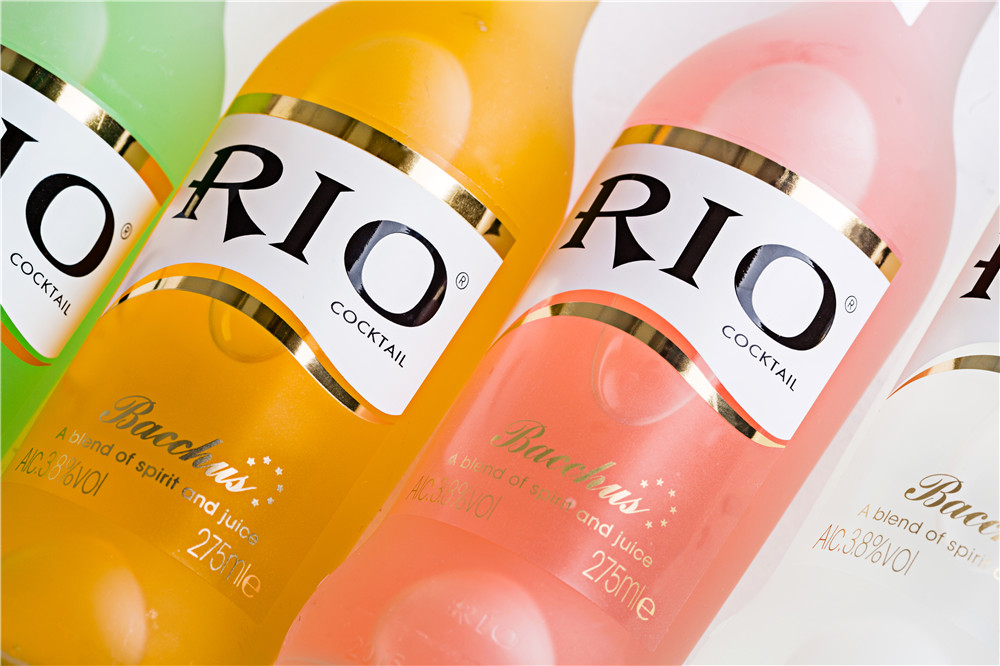
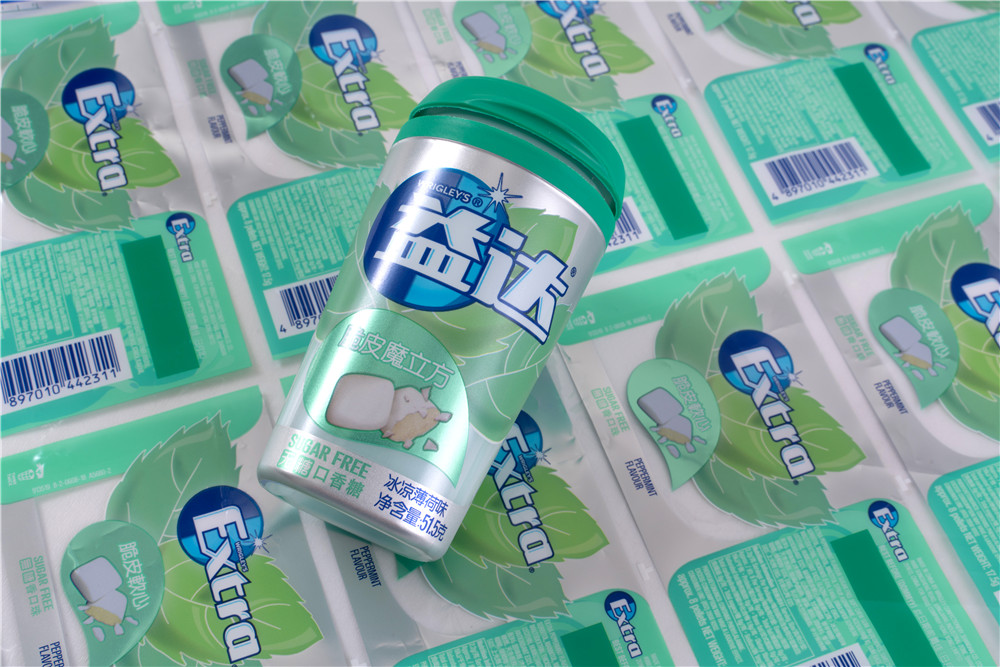
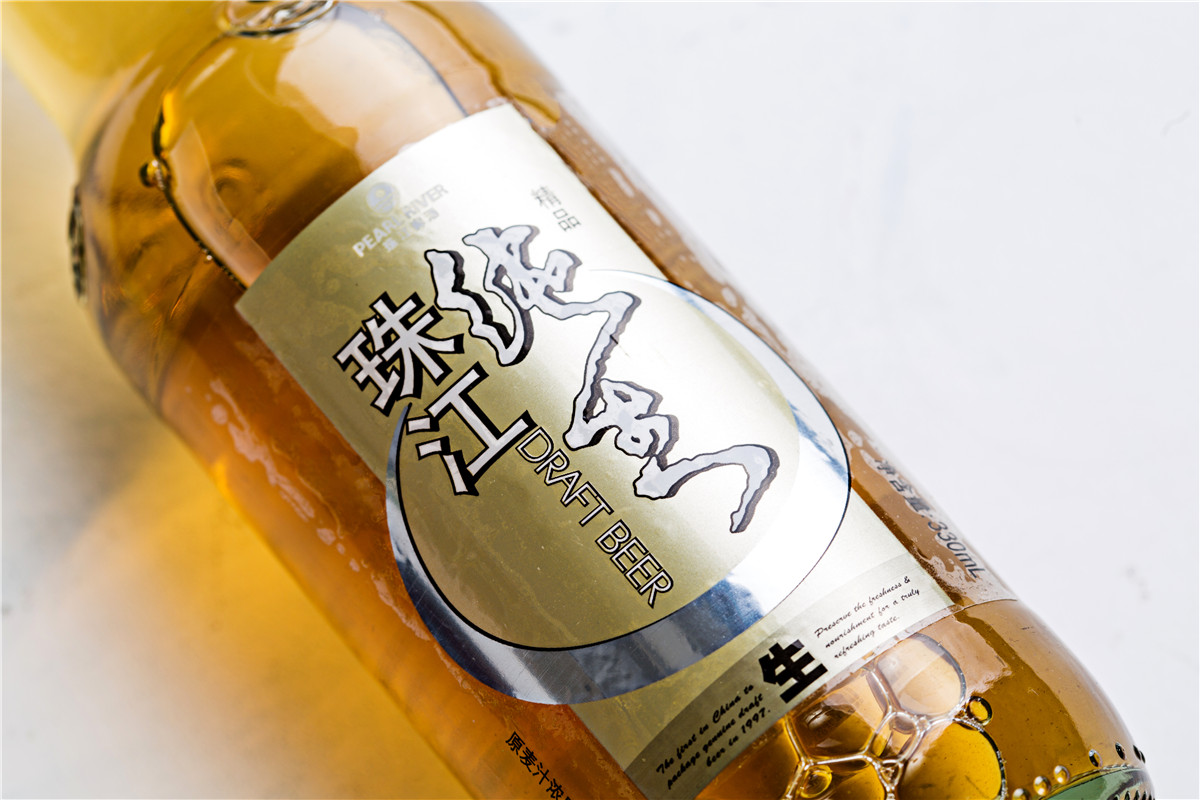
Best Practices for Cold Foil Flexographic Printing
To fully harness the potential of cold foil in flexographic applications, it’s important to follow certain best practices in terms of design, setup, and substrate selection.
1. Design for Foil Success
Not all designs work equally well with cold foil. Best results are achieved when foil areas are:
Not too fine or intricate (minimum line weight: 0.3pt)
Avoiding large solid areas, which may result in inconsistencies
Allowing for overprinting for colored foil effects
Designers should also be aware of registration tolerances when working with cold foil in flexographic printing.
2. Match the Right Adhesive and Foil
Selecting the correct UV-curable adhesive is crucial. Adhesive compatibility varies based on substrate type and press speed. Leading cold foil suppliers like Dragon Foils offer application-specific solutions tailored to flexographic processes.
3. Use Suitable Anilox and Plate Specifications
For optimal foil transfer, use a higher-volume anilox roll (typically 6–8 BCM) and photopolymer plates that have been specifically designed for cold foil applications. Proper plate exposure and mounting precision also contribute to foil adhesion quality.
4. Conduct Trial Runs and Quality Checks
Before full-scale production, run test samples to confirm that the foil lays down correctly and there are no curing or transfer issues. Regular quality inspection systems can be integrated into flexo presses to monitor foil registration and coverage in real-time.
5. Maintain Foil Handling Best Practices
Cold foil materials are sensitive to humidity, dust, and temperature. Store rolls in a clean, climate-controlled environment and avoid over-handling to maintain surface quality. Foils should also be loaded correctly to prevent wrinkling and misfeeds.
Conclusion
Cold foil technology, when integrated with flexographic printing, unlocks a powerful combination of speed, sustainability, and aesthetic impact. It’s a solution that meets the demands of today’s brands for high-end visual presentation while maintaining cost and operational efficiency.
From premium beverage labels to pharmaceutical packaging, cold foiling has proven its value across industries. By following best practices, investing in the right equipment, and working with trusted suppliers, you can deliver compelling metallic finishes that capture consumer attention.

